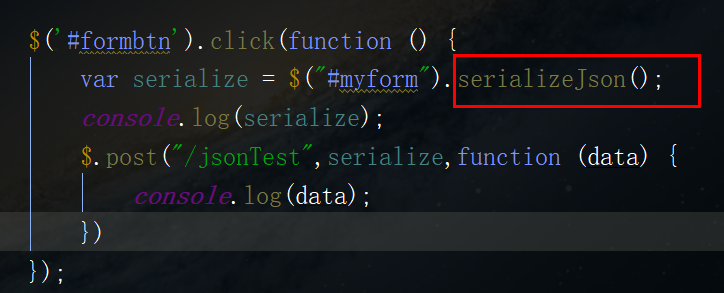【Leetcode】376. Wiggle Subsequence
- Wiggle Subsequence
A sequence of numbers is called a wiggle sequence if the differences between successive numbers strictly alternate between positive and negative. The first difference (if one exists) may be either positive or negative. A sequence with fewer than two elements is trivially a wiggle sequence.
For example, [1,7,4,9,2,5] is a wiggle sequence because the differences (6,-3,5,-7,3) are alternately positive and negative. In contrast, [1,4,7,2,5] and [1,7,4,5,5] are not wiggle sequences, the first because its first two differences are positive and the second because its last difference is zero.
Given a sequence of integers, return the length of the longest subsequence that is a wiggle sequence. A subsequence is obtained by deleting some number of elements (eventually, also zero) from the original sequence, leaving the remaining elements in their original order.
Example 1:
Input: [1,7,4,9,2,5]Output: 6Explanation: The entire sequence is a wiggle sequence.
Example 2:
Input: [1,17,5,10,13,15,10,5,16,8]Output: 7Explanation: There are several subsequences that achieve this length. One is [1,17,10,13,10,16,8].
Example 3:
Input: [1,2,3,4,5,6,7,8,9]Output: 2
Follow up:
Can you do it in O(n) time?
题解
如果将数组看做是一副折线图就是求图中线条,出现的折点个数。我们可以使用两种方法来求解此问题:
动态规划:
如何动态规划呢,首先我们得考虑如何建立DP状态转移方程,在这个题目中,我们不难想到,数组从前往后总会出现两种状态,要要么上升,要么下降,我们的状态转移方程就是如果是当前位置是下降,那么就用上升的最大值+1,如果当前位置处于下降,则需要使用下降的最大值来+1,最后我们比较到底是上升多,还是下降大即可,因为最后一次,我们也不知道是上升还是下降,所以我们需要比较。如果即不上升也不下降代表此时是平行线,无需处理。
定义变量 up =1 , down =1 ,初始化时即可以认为是上升也可以认为是下降。
如果
num[i] > num[i-1]则up=down+1,如果
num[i] < num[i-1]则down=up+1,贪心算法:
从头开始遍历,使用贪心规则,保证满足折点要求的都几率,我们定义一个前缀遍历
prev,用来保存上一次两个数相减的结果,如果这一次与上一次的刚好相反,则纳入结果中。然后更新前缀prev为这一次的相减结果。需要注意的点是,对于初始化的时候,如果相减结果为0则我们需要跳过不处理。
代码
DP解法一:
public static int wiggleMaxLength(int[] nums) {if (nums.length < 2) {return nums.length;}int up[] = new int[nums.length];int down[] = new int[nums.length];for (int i = 1; i < nums.length; i++) {for (int j = 0; j < i; j++) {if (nums[i] > nums[j]) {up[i] = Math.max(up[i], down[j] + 1);} else if (nums[i] < nums[j]) {down[i] = Math.max(up[j] + 1, down[i]);}}}return 1 + Math.max(down[nums.length - 1], up[nums.length - 1]);}
DP解法二:
public static int wiggleMaxLength(int[] nums) {if (nums.length < 2) {return nums.length;}int up = 1, down = 1;for (int i = 1; i < nums.length; i++) {if (nums[i] > nums[i - 1]) {up = down + 1;} else if (nums[i] < nums[i - 1]) {down = up + 1;}}return Math.max(up, down);}
贪心:
public static int wiggleMaxLength(int[] nums) {if (nums.length < 2) {return nums.length;}int prev = nums[1] - nums[0];int cnt = prev == 0 ? 1 : 2;for (int i = 1; i < nums.length; i++) {int diff = nums[i] - nums[i - 1];if ((diff > 0 && prev <= 0) || (diff < 0 && prev >= 0)) {cnt++;prev = diff;}}return cnt;}



































还没有评论,来说两句吧...